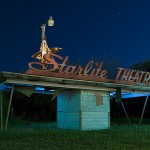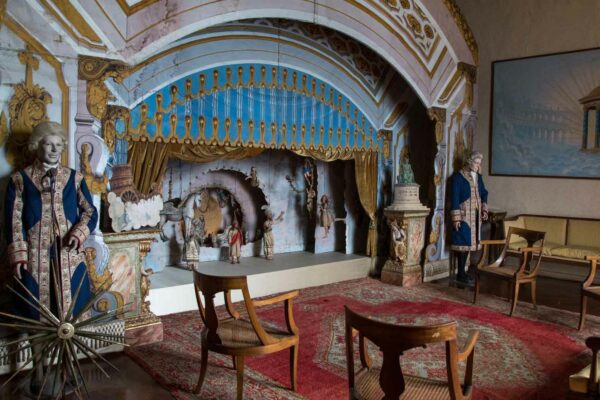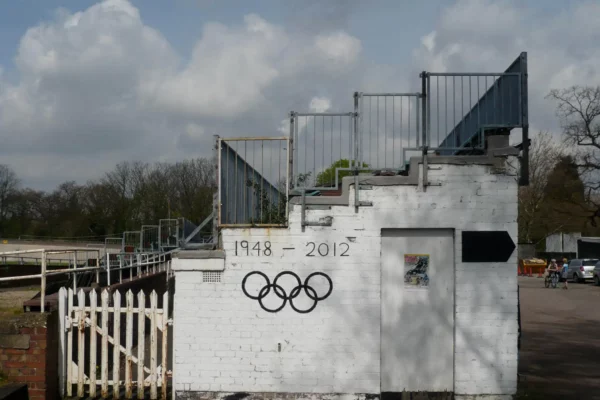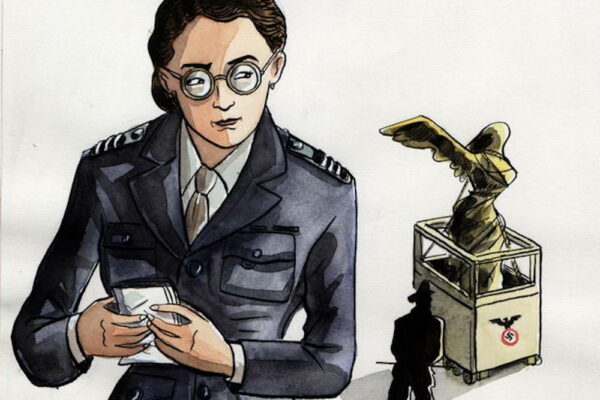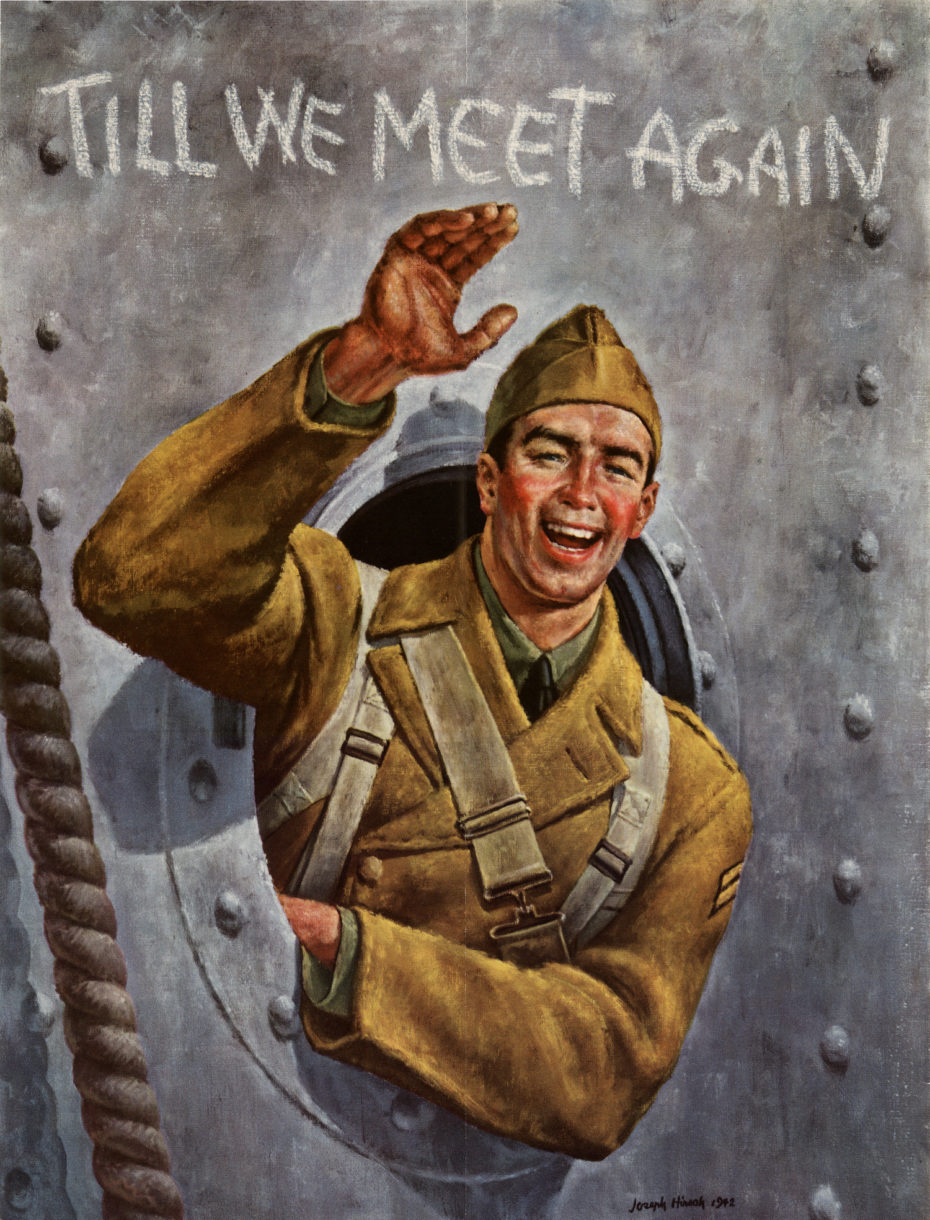
Forget Valentine’s Day– let’s talk about John Frum Day. At this very moment, on a tiny island in the South Pacific, natives are preparing their annual rituals to welcome a mysterious messiah, expected to return on February 15th. In this remote corner of the world, every year the islanders await the return of a World War II American G.I who goes by the name of “John Frum”— the unlikely deity of one of the planet’s most remote and unique religious cults.
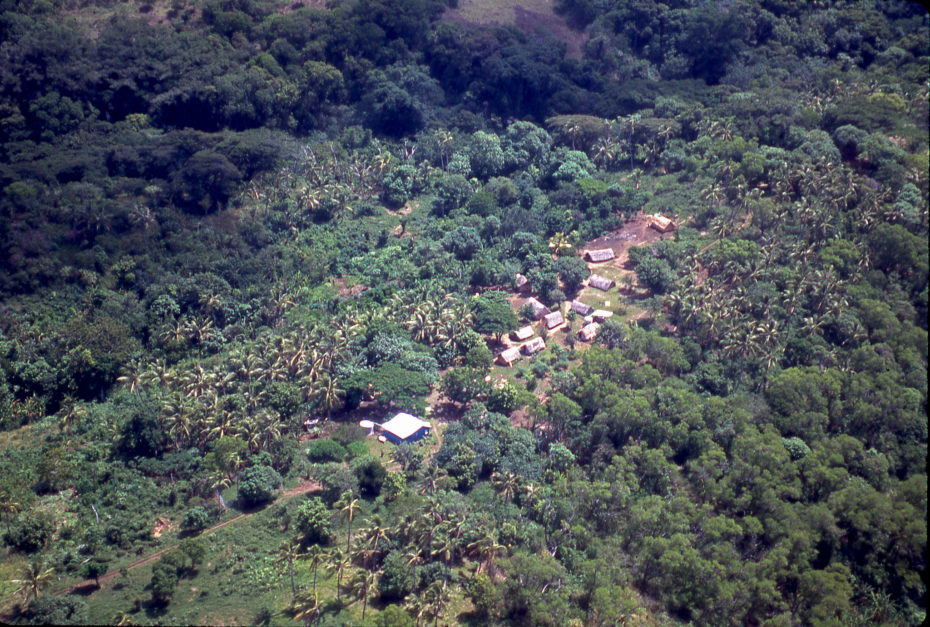
The community bears his name, worships aspects of American culture, and looks to John as their unwavering GI-Joe deity, waiting day in and day out for the moment he returns, ideally, by way of a US military plane similar to the one he supposedly rode in on back in World War II.

In anticipation of his return, they’ve been building giant, grass-model planes and singing the American National anthem to entice him back ever since US soldiers withdrew from their island in the 1940s. The John Frum cult is one of the last remaining “Cargo Cults” that developed in the aftermath of US presence in the South Pacific during WWII.
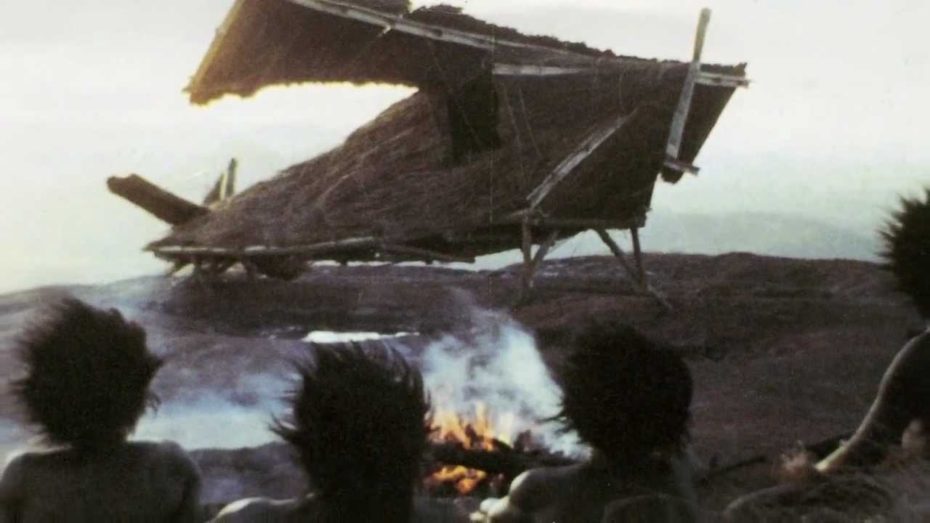
Tanna is an isolated 40k-long, 19 km-wide island between New Caledonia and Fiji, in the archipelago country of Vanuatu. When a cocktail of Christian missionaries and colonialists swept through the islands in the 19th century and forced the native population into indentured servitude, Tanna resisted fiercely and was found to be practising cannibalism. While such customs have been long-eradicated, today, it still remains one of the least developed islands in Vanuatu.
During World War II, as the Pacific Ocean became a theatre of war between the Allies and Japan, Vanuatu’s archipelago was inhabited by thousands of US servicemen.
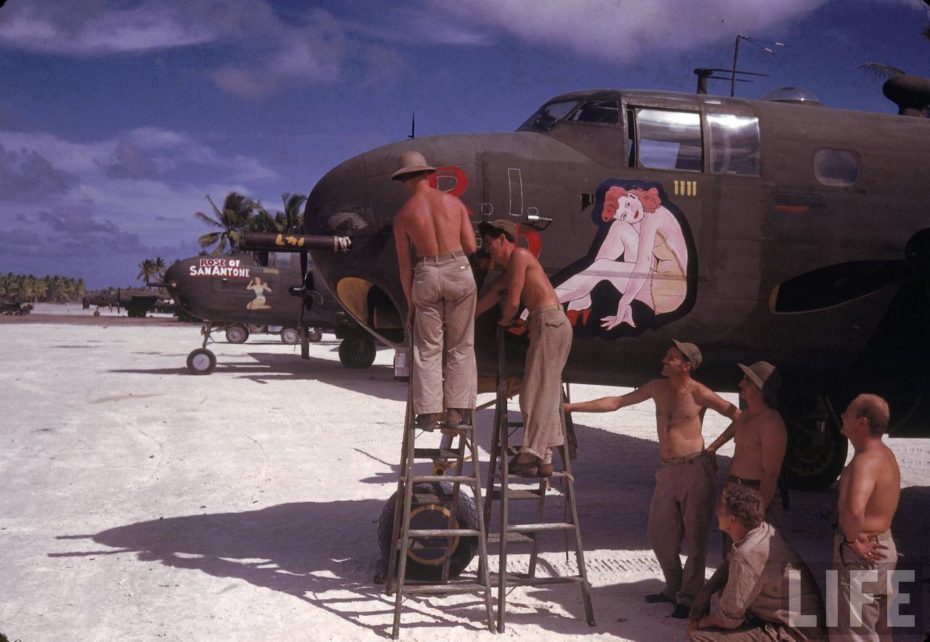
To the secluded islanders, their encounters with great big flying planes that came out of the sky, bringing mysterious modern treasures and amenities with them, would have seemed no less superhuman than witnessing a man walk on water, part oceans or appear with a glowing halo around his head.
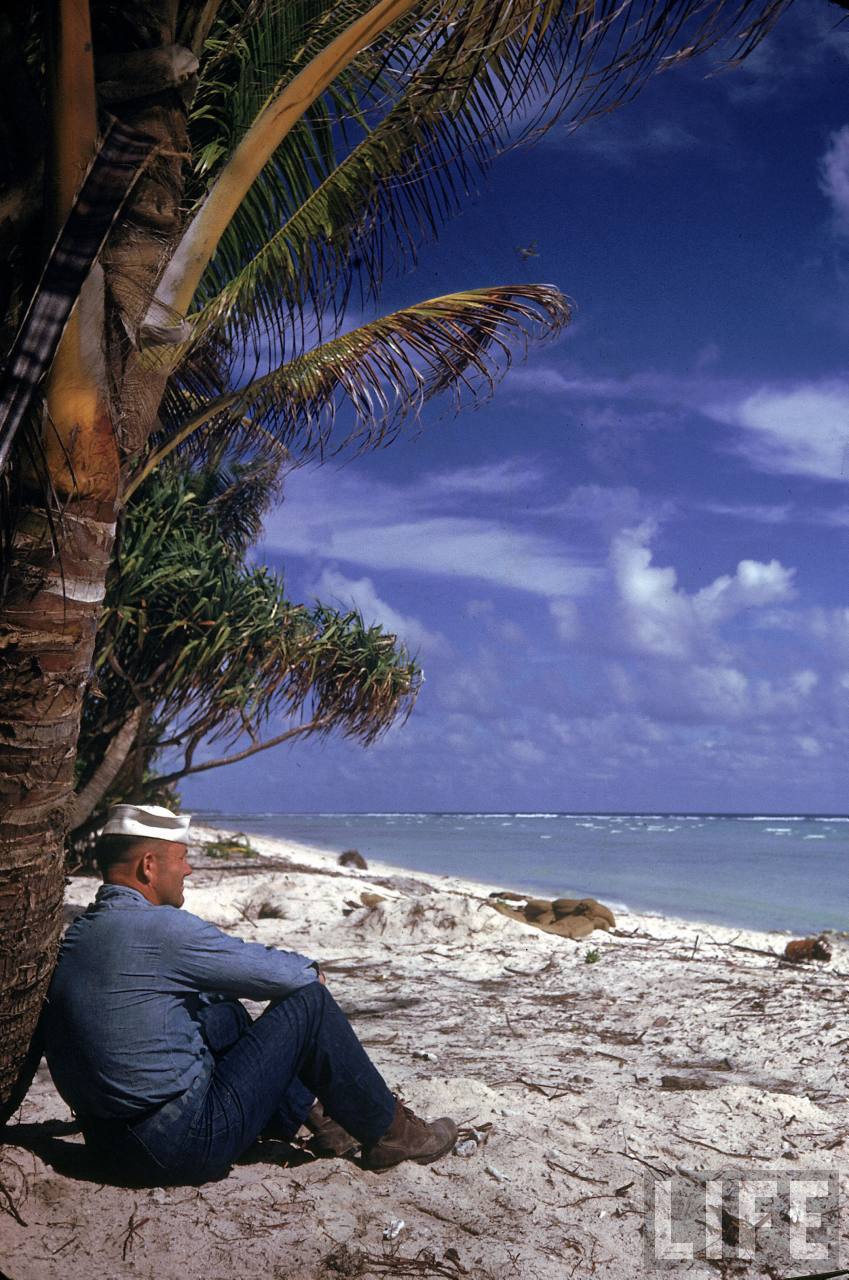
But who exactly was this John Frum character? Did he ever exist, and if so, in what capacity? There are several versions of the story. The first is that “Mr. Frum” was actually a misinterpretation of a spoken encounter with an American soldier who arrived on the island and introduced himself as John “from” America. Dressed in military clothing, it’s said this man appeared on a beach at sunset, his face obscured by the light, carrying a large walking stick, and promised that food and medical supplies would soon follow. Sure enough, John Frum delivered on his word…
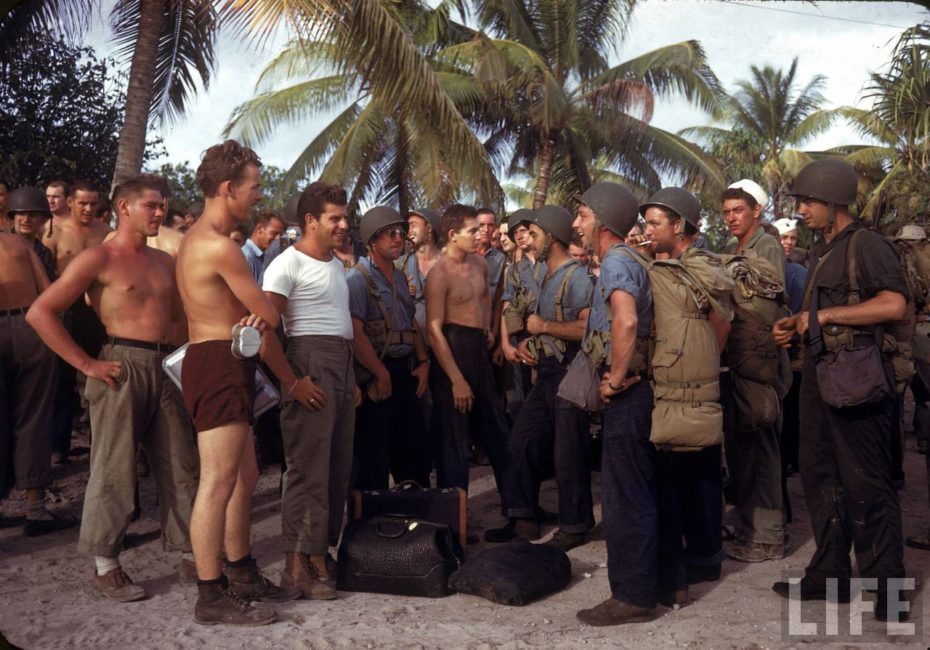
“I looked and there were soldiers everywhere. We didn’t know where they’d come from,” said one villager speaking in a 1991 BBC documentary, The Fantastic Invasion. “They arrived night after night, and people woke up astonished.” Tanna wasn’t an important hold-out during WWII, but its military base at Éfaté did end up employing about 1,000 of its local people. In a matter of months, they built a base for a quarter of a million American soldiers on the archipelago, with military jeeps, warehouses, hospitals, supply shops and even a cinema. The natives were given food, clothing and much-needed medical attention.
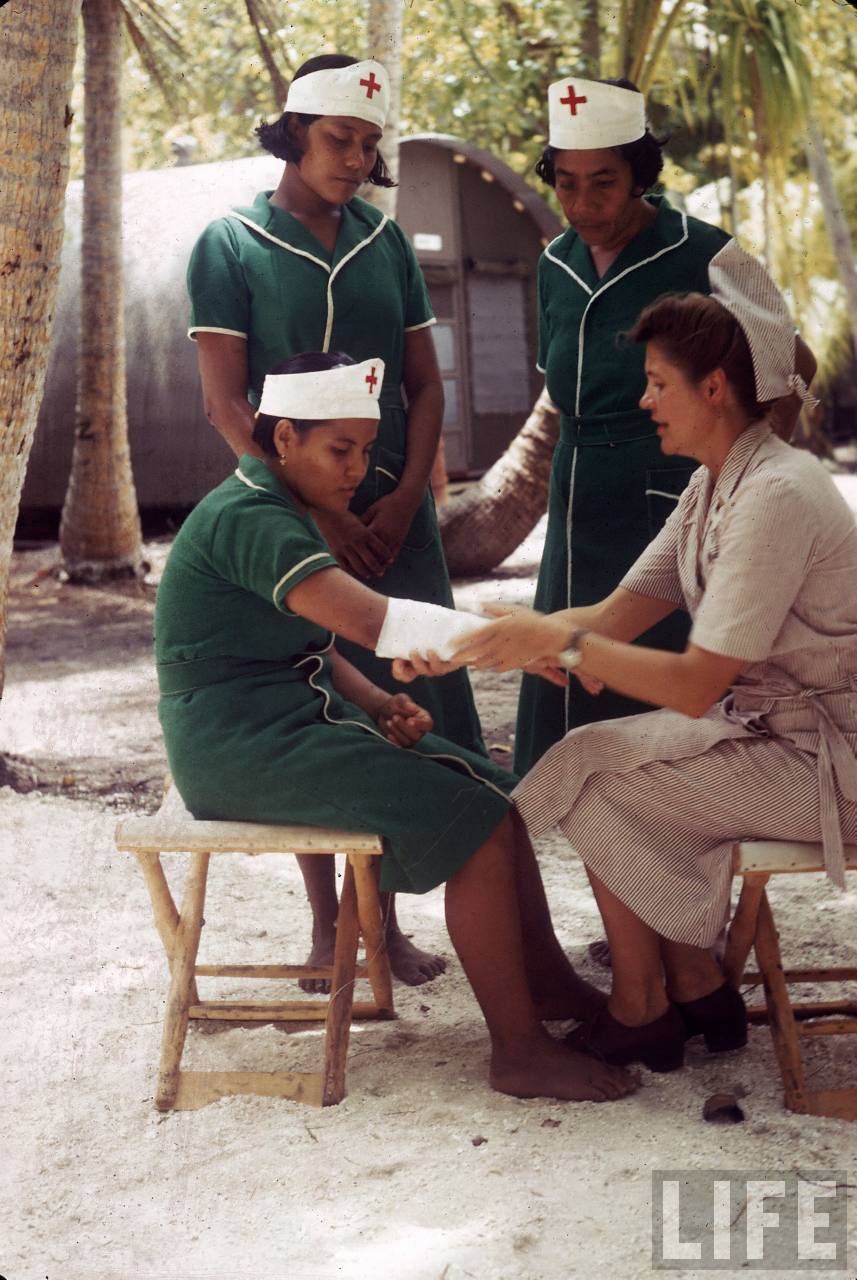
“We were used to a master servant relationship,” said another local, “When the Americans came they treated us like equals. Whereas the British and French colonialists had no respect for us at all. They didn’t even bother to use your names.” After so many years of internalising their treatment, he says, “the Americans changed our way of thinking about ourselves…there were [also] black Americans and white Americans [arriving]. They gave their lives for us, too, in these little Pacific islands.”
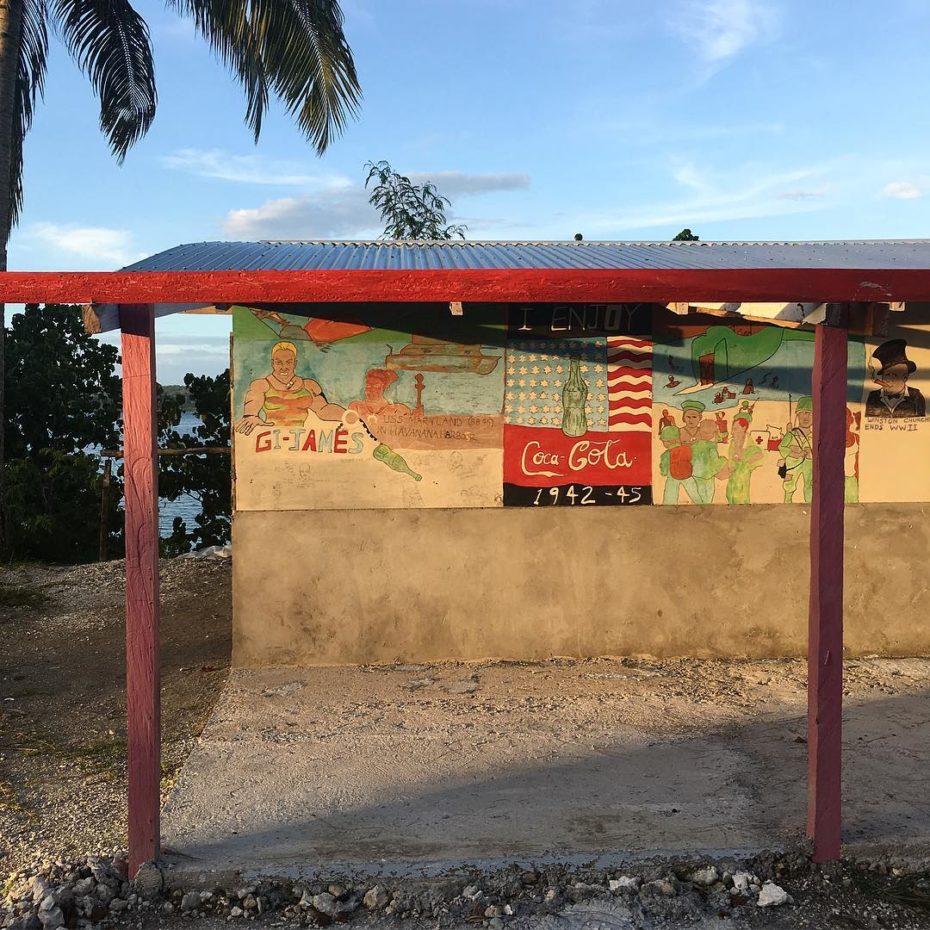
That first American soldier who allegedly made contact with the village became a legend amongst the people of Tanna. While some anthropologists suggest the real John Frum might have been a complete fabrication– a native masquerading as a serviceman he’d encountered on a nearby island, or the result of a hallucinogenic kava vision– in a way, it almost doesn’t matter. “John Frum” was, and is, manifold. He was a healer, a supplier of food, a maker of roads, a sorcerer of agriculture. He’s the last vestige of the most invested relationship with the West they had, which split like a lover in the night. Suddenly, the hospitals, farming supplies and first aid shipments all came to a halt when World War II ended. And so, the Frum-ians have been waiting ever since for his return.
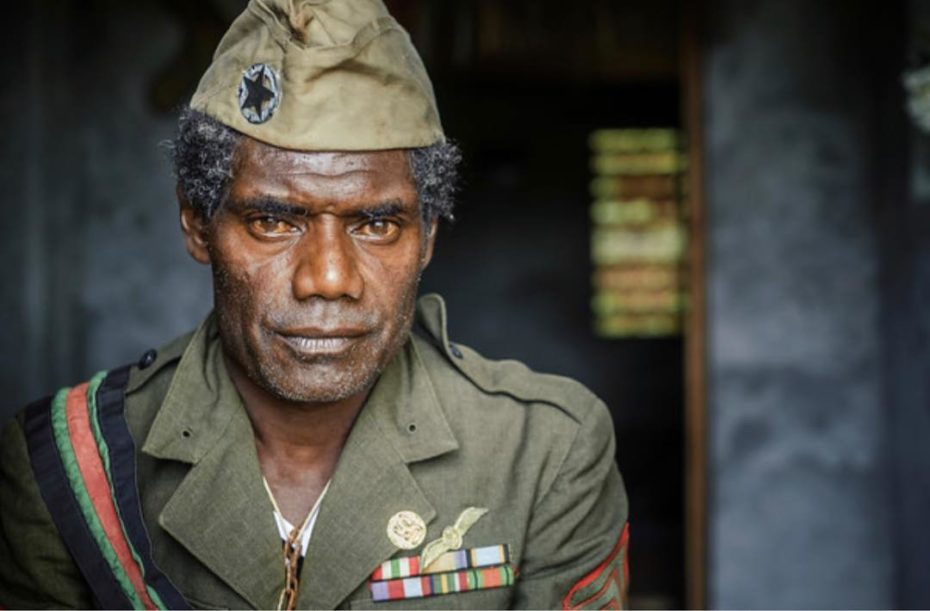
In 1957, the movement’s chief at the time founded a mini, non-violent army called “T-A USA”. Military marches became a weekly ritual, adopting the drills of Western military as their religious practice to encourage the return of the American messiah along with his precious cargo. They built mock runways, airplanes and military equipment made with tree branches, straw and rudimentary materials in an effort to entice John Frum back to the island.
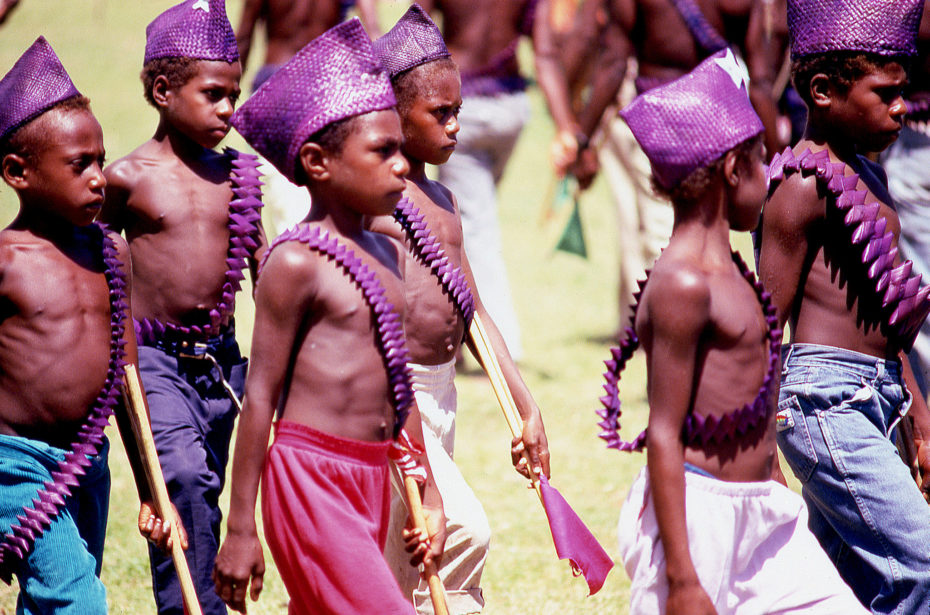
To this day, they still fly the American and US Navy flags, carry sticks like rifles and wear makeshift military uniforms crafted in the village. The Red Cross, which had provided healthcare for the troops and natives alike, also became a prominent religious symbol across the island. Most islanders don’t speak English, but they all know the words to God Bless America.
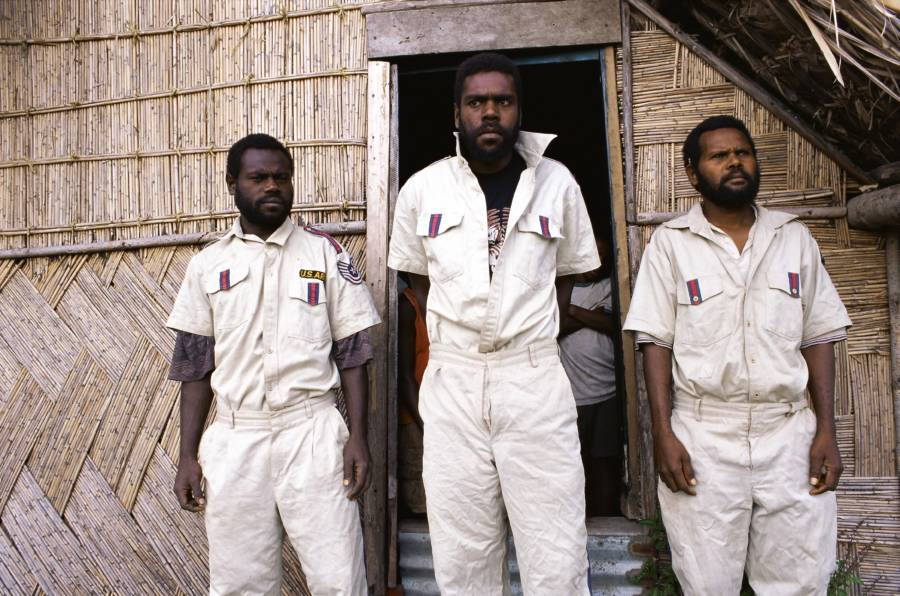
While the generation of natives that was old enough to remember the American occupation during World War II has nearly died off, the alleged words of John Frum have been taught by community leaders as religious scripture. And John Frum had some very specific advice:
“For many years you have been ignorant of the world. You don’t know anything about the countries of the world. But I, John, know them. There are many nations of the world, but you shouldn’t have faith in any of the others. Only America is your friend. Remember that. One day, America will come and help you again. My words are the same as the church’s teachings. The Bible’s promises are the same as my promises.”
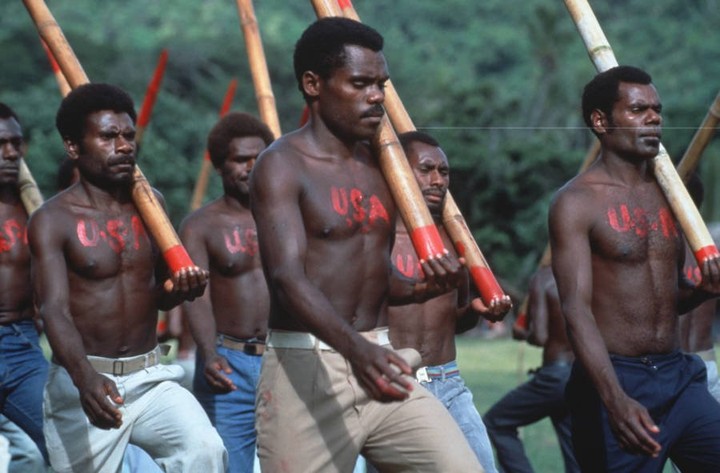
The return of John Frum, declared by village chiefs as “our God, our Jesus”, is anticipated on February 15th. Rituals take place annually to celebrate John Frum Day, an official holiday observed across Vanuatu.
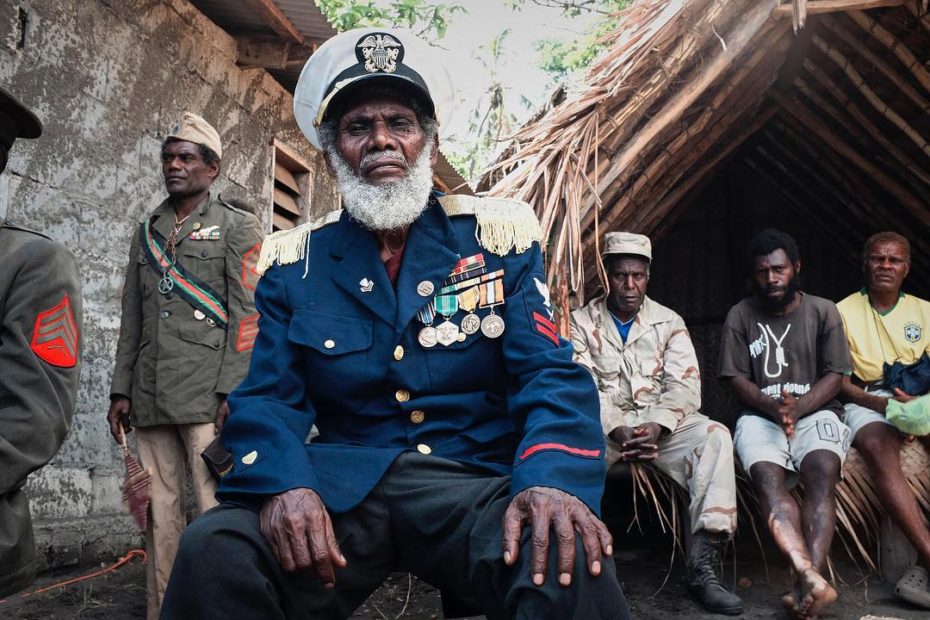
“When he comes we will have riches,” Chief Isaak Wan Nikiau told journalists. “We will have lorries, iceboxes and concrete houses. We will have education. We will be free.”
In the meantime, the cult that idolises American military culture ironically rejects Western modernity and Christian education that elders believe could pose a threat to local customs. To protect its interests, the John Frum party even won its own seat in Vanuatu’s parliament.
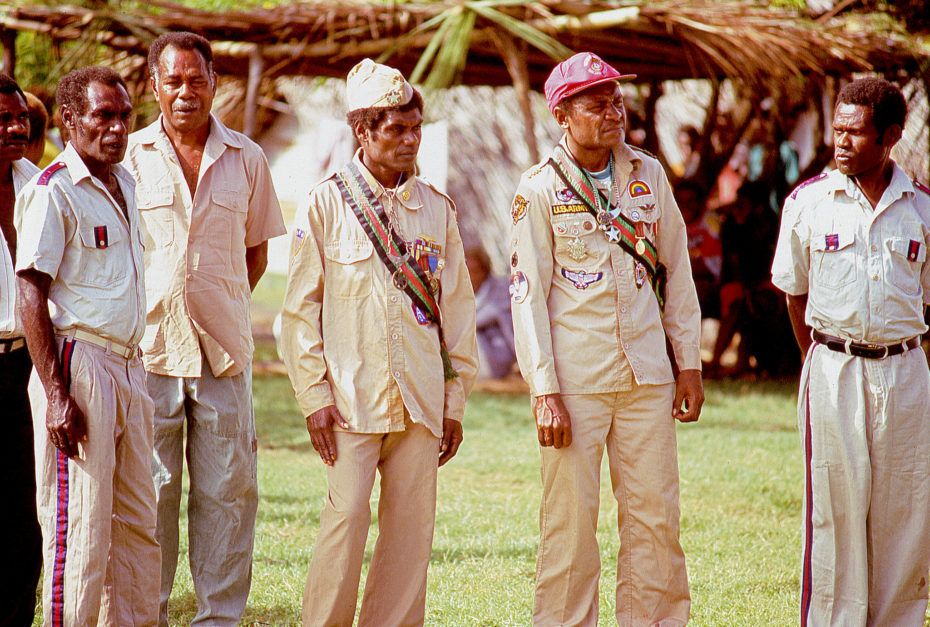
In 2011, Radio New Zealand International reported that a woman of Vietnamese origin had taken over the party. Thitam Goiset, sister of the wealthiest business entrepreneur and private employer in Vanuatu, was the first female to become President of the movement since its founding. It was reported in 2013 that Goiset had been involved in corrupt activities during her role as Vanuatu’s ambassador to Russia.
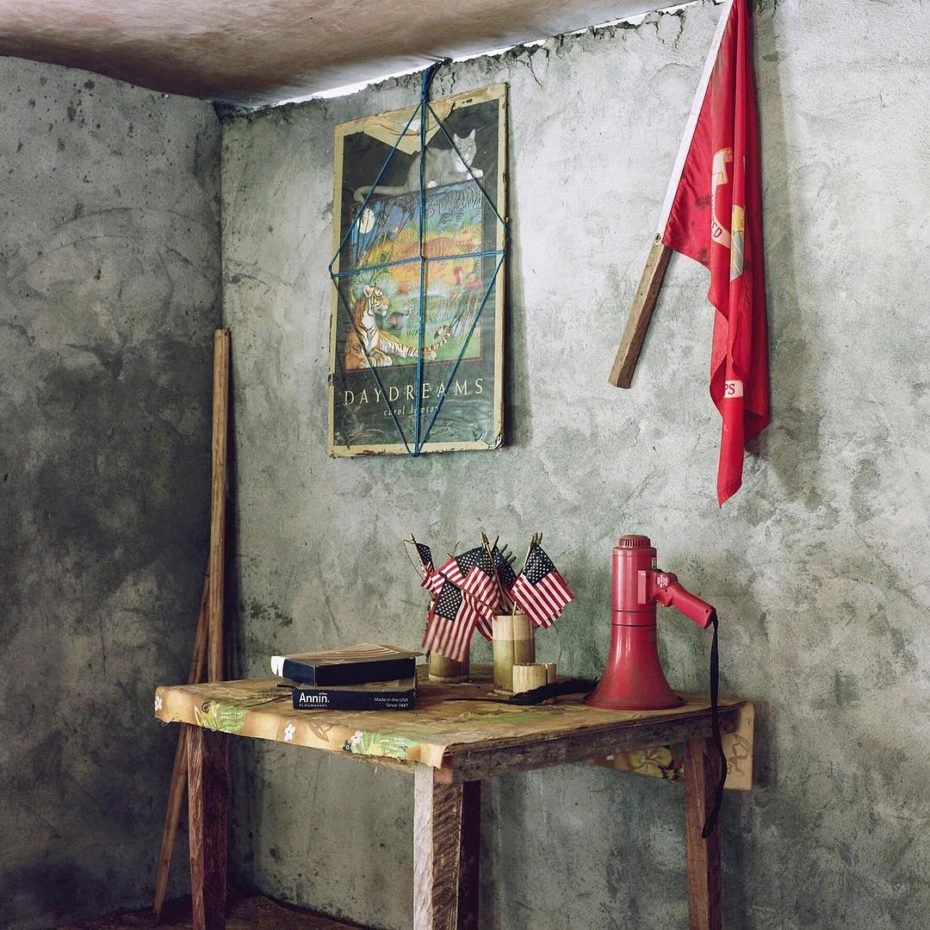
Beneath the active volcano of Mount Yasur, in the hard-to-reach village of Sulphur Bay, celebrations were once a weekly occurrence. Despite attempts to resist Christian influence on the island, the movement has waned as the elder generation loses its grip on the community, creating a divide amongst Tanna’s 26,000 islanders. The elusive Americans– with their airplanes and iceboxes, canned food and Coca-Cola have yet to return, while Christian missionaries continue to maintain an increasingly welcome presence on the island– even if they aren’t offering the natives American blend cigarettes. And in much the same way we’re growing tired of commercially manufactured holidays like Valentine’s Day, the people of Tanna appear to have grown tired of waiting for John Frum.
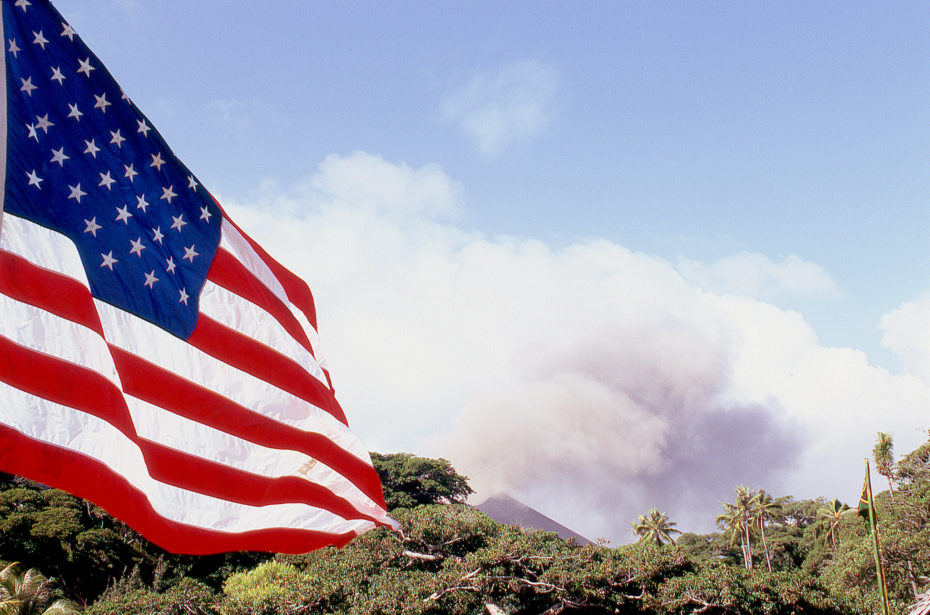
Nigel Evan’s 1991 BBC documentary, The Fantastic Invasion, offers a fascinating and sincere exploration into not only the John Frum cult, but the colonialist legacy that led to its creation. It’s a short film, but pretty amazing in that it hired a local tribe to create a reenactment of its history on the beaches. The John Frum village is also featured in Werner Herzog’s film Inferno, available on Netflix.


